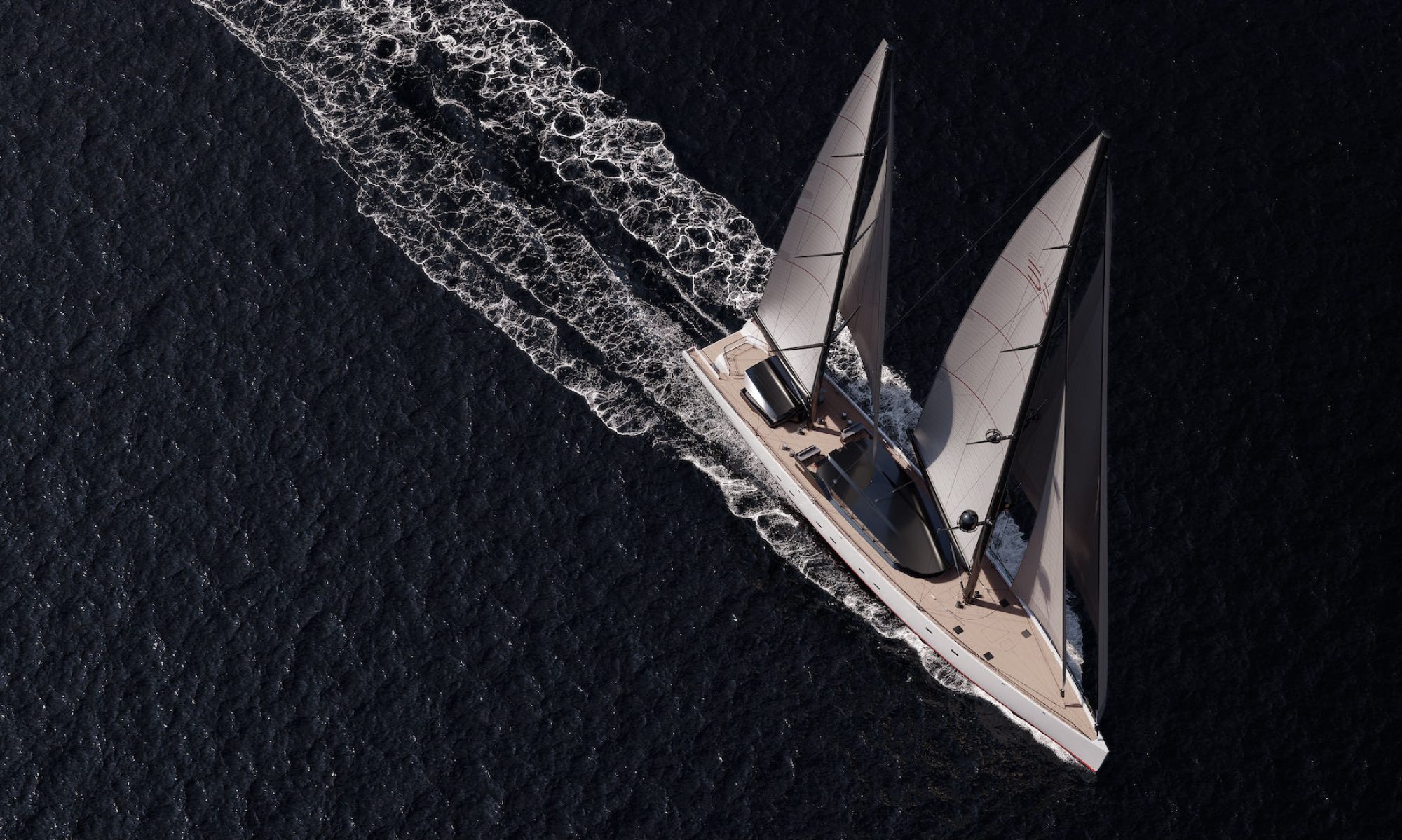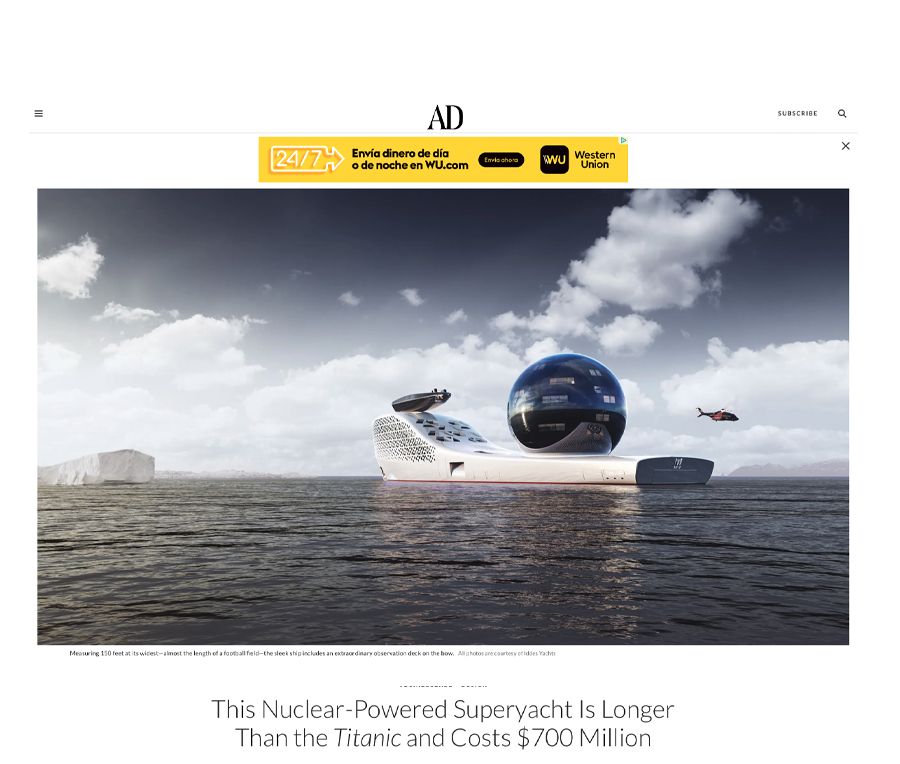[et_pb_section fb_built=”1″ custom_padding_last_edited=”on|desktop” admin_label=”Blog Header” _builder_version=”4.4.0″ custom_padding=”25px||||false|false” custom_padding_tablet=”25px||0px||false|false” custom_padding_phone=”” global_colors_info=”{}”][et_pb_row _builder_version=”4.4.0″ width=”100%” max_width=”100%” custom_padding=”0px|||||” global_colors_info=”{}”][et_pb_column type=”4_4″ _builder_version=”4.4.0″ global_colors_info=”{}”][et_pb_image src=”https://iddesyachts.com/wp-content/uploads/2021/06/iddes-yachts-yacht-design-earth300-2-1080.jpeg” alt=”yacht design, naval architecture, superyachts, exterior design, interior design, ivan salas jefferson, iddes yachts, shipyard” title_text=”iddes-yachts-earth300-2-1080″ _builder_version=”4.14.1″ custom_padding=”||||true|false” global_colors_info=”{}”][/et_pb_image][/et_pb_column][/et_pb_row][/et_pb_section][et_pb_section fb_built=”1″ admin_label=”Blog Body” _builder_version=”4.4.0″ custom_padding=”0px|||||” global_colors_info=”{}”][et_pb_row _builder_version=”4.4.0″ custom_padding=”0px|||||” global_colors_info=”{}”][et_pb_column type=”4_4″ _builder_version=”4.4.0″ global_colors_info=”{}”][et_pb_text admin_label=”Intro” _builder_version=”4.4.0″ text_font=”Encode Sans||||||||” text_text_color=”#474747″ header_2_font=”Encode Sans|300|||||||” header_2_text_align=”left” header_2_font_size=”23px” header_2_line_height=”1.3em” background_size=”initial” background_position=”top_left” background_repeat=”repeat” custom_margin=”||9px||false|false” text_font_size_tablet=”” text_font_size_phone=”” text_font_size_last_edited=”on|phone” header_font_size_tablet=”” header_font_size_phone=”” header_font_size_last_edited=”on|desktop” header_2_font_size_tablet=”22px” header_2_font_size_phone=”20px” header_2_font_size_last_edited=”on|phone” global_colors_info=”{}”]
Designed to attract the best and brightest minds in exploring and combating climate change, the vessel plans to be a “science city” on the water
[/et_pb_text][et_pb_text admin_label=”Journalist” _builder_version=”4.4.0″ text_font=”Encode Sans||||||||” text_text_color=”#474747″ header_2_font=”|300|||||||” header_2_text_align=”left” header_2_line_height=”1.3em” header_5_font=”Encode Sans Condensed||||||||” header_5_text_color=”#474747″ header_6_font=”Encode Sans Condensed||||||||” header_6_text_color=”#8f8f8f” background_size=”initial” background_position=”top_left” background_repeat=”repeat” text_font_size_tablet=”” text_font_size_phone=”” text_font_size_last_edited=”on|phone” header_2_font_size_tablet=”” header_2_font_size_phone=”” header_2_font_size_last_edited=”on|desktop” global_colors_info=”{}”]
By Dan Avery
June 15, 2021
[/et_pb_text][et_pb_text _builder_version=”4.14.1″ text_font=”Encode Sans||||||||” text_text_color=”#474747″ link_text_color=”#0C71C3″ background_size=”initial” background_position=”top_left” background_repeat=”repeat” text_font_size_tablet=”” text_font_size_phone=”” text_font_size_last_edited=”on|phone” global_colors_info=”{}”]
A nuclear-powered gigayacht longer than the Titanic, with 22 state-of-the art laboratories and a 13-story “science sphere,” might sound like the floating headquarters of a criminal mastermind. But Earth 300 is actually a revolutionary exploration vessel designed to investigate climate change and other challenges that face our planet. Designed by naval architect Iván Salas Jefferson, founder of Iddes Yachts, the 300-meter vessel has a radically aerodynamic look. It’s been envisioned as an “extreme technology platform,” incorporating robotics, AI, and quantum computing to attract the best and brightest minds from a wealth of fields. A Davos on water, if you will.
Such a bold vision doesn’t come cheap—right now the price tag for the ship, being constructed by Polish naval architecture firm NED, hovers between $500 and $700 million. Designed to resemble Earth, the orb’s “science city” will house top climate scientists, who will use the ship’s state-of-the-art tech to develop innovative solutions.
[/et_pb_text][et_pb_text _builder_version=”4.14.1″ text_font=”Encode Sans||||||||” text_text_color=”#474747″ link_text_color=”#0C71C3″ background_size=”initial” background_position=”top_left” background_repeat=”repeat” text_font_size_tablet=”” text_font_size_phone=”” text_font_size_last_edited=”on|phone” global_colors_info=”{}”]
“We wanted to create a design that would inspire,” Salas Jefferson said in a statement. “When one looks at the sphere, we want them to be inspired to protect Earth. When one walks into the sphere, now housing the science city, and feels the action of all the ongoing scientific works, we want them to be inspired to become an alchemist of global solutions.”
Measuring 150 feet at its widest—almost the length of a football field—the sleek ship includes an extraordinary observation deck on the bow, a foredeck helipad to transport passengers to and from the vessel, and a selection of advanced underwater expedition vehicles for deep-sea exploration.
“The ship will introduce features found on cruise, expedition, research, and luxury yachts, but she will be none of them,” said Aaron Olivera, Earth 300’s chief executive. “We wanted to build the Olympic torch of global science, to expand our knowledge and understanding of the universe, both above and below the ocean’s surface.”
[/et_pb_text][et_pb_text _builder_version=”4.14.1″ text_font=”Encode Sans||||||||” text_text_color=”#474747″ link_text_color=”#0C71C3″ background_size=”initial” background_position=”top_left” background_repeat=”repeat” text_font_size_tablet=”” text_font_size_phone=”” text_font_size_last_edited=”on|phone” global_colors_info=”{}”]
The project’s list of backers is impressive and includes IBM, Triton Submarines, EYOS Expeditions, and RINA, an international leader in maritime safety. TerraPower, the nuclear innovation company founded by Bill Gates, devised the technology for the onboard molten-salt reactor, which will provide zero-emissions energy.
Expected to launch in 2025, Earth 300 will have room for a complement of 160 scientists from a variety of disciplines, as well as 165 crew members and dozens of experts-in-residences and student researchers.
There will also be spots for 40 VIP guests, who will pay $3 million each for the privilege. That’s more than 10 times the cost of a seat on Virgin Galactic. With so many looking spaceward, why develop a cutting-edge seafaring vessel?
“The oceans are dying,” Salas Jefferson told Architectural Digest. “Having been born in Palma de Mallorca, I’ve seen it firsthand in the Mediterranean. Now is the time to reboot, reconnect, and redirect our planet’s destiny. Our oceans keep us—and our planet—alive, and Earth 300’s mission is to protect our oceans and ensure their health for generations to come.” Space may be the future, Salas Jefferson says, but “today, Earth is our only home.”
[/et_pb_text][et_pb_text admin_label=”View on …” _builder_version=”4.14.1″ text_font=”Encode Sans||||||||” text_text_color=”#474747″ link_text_color=”#0C71C3″ background_size=”initial” background_position=”top_left” background_repeat=”repeat” text_font_size_tablet=”” text_font_size_phone=”” text_font_size_last_edited=”on|phone” global_colors_info=”{}”]
View on Architectural Digest
[/et_pb_text][/et_pb_column][/et_pb_row][/et_pb_section]

